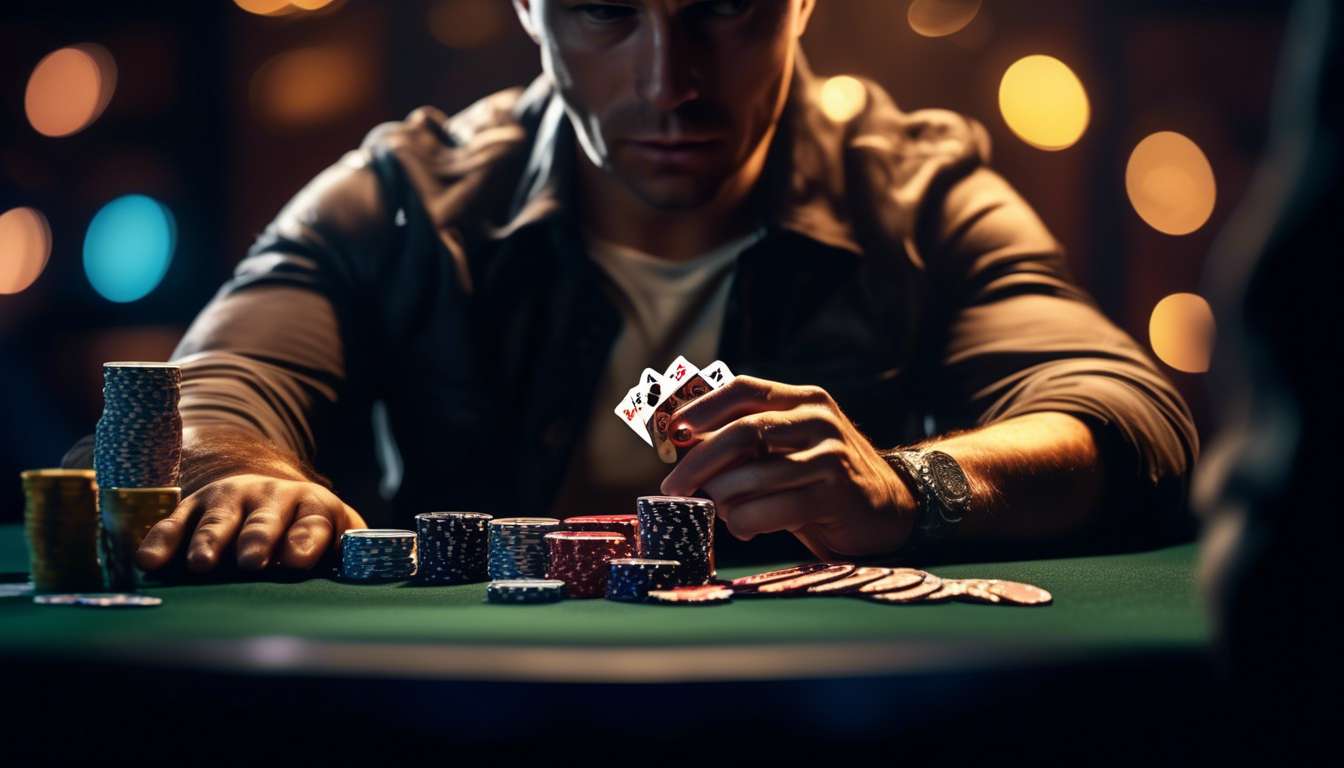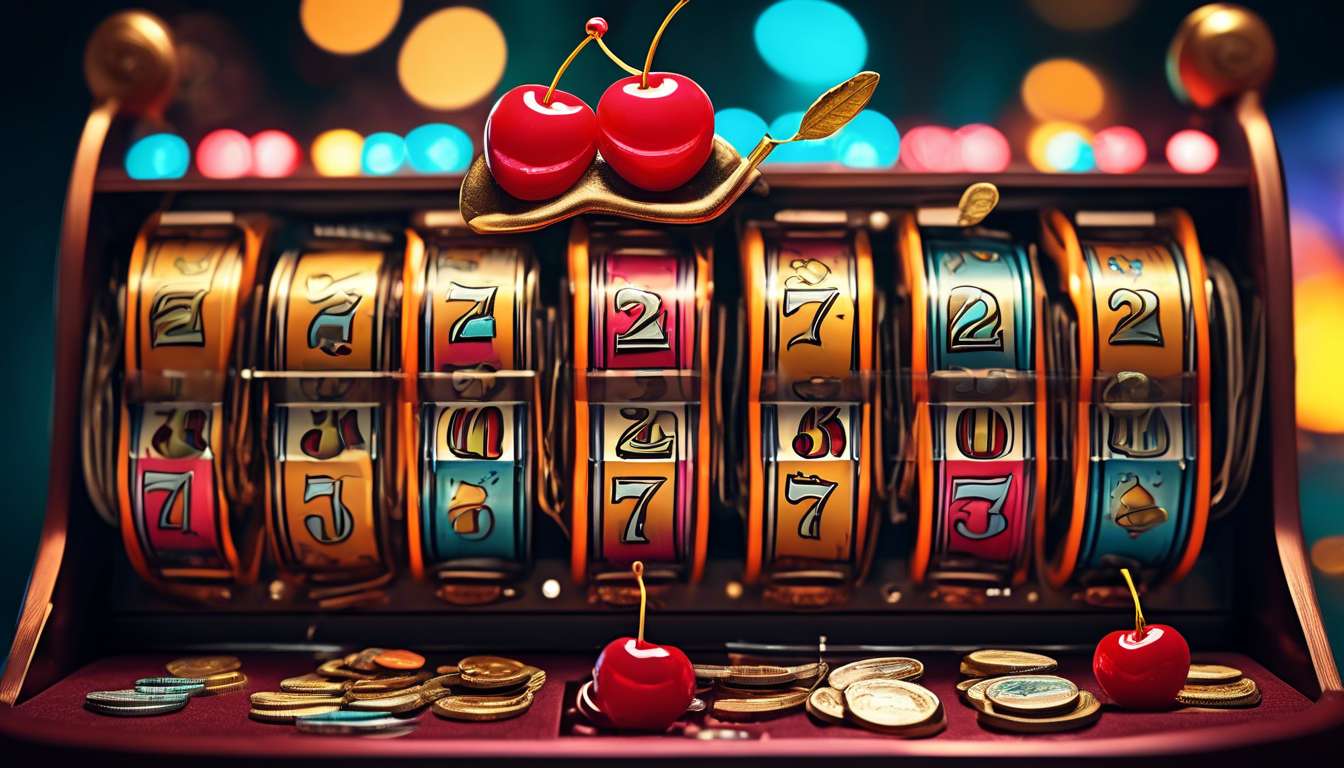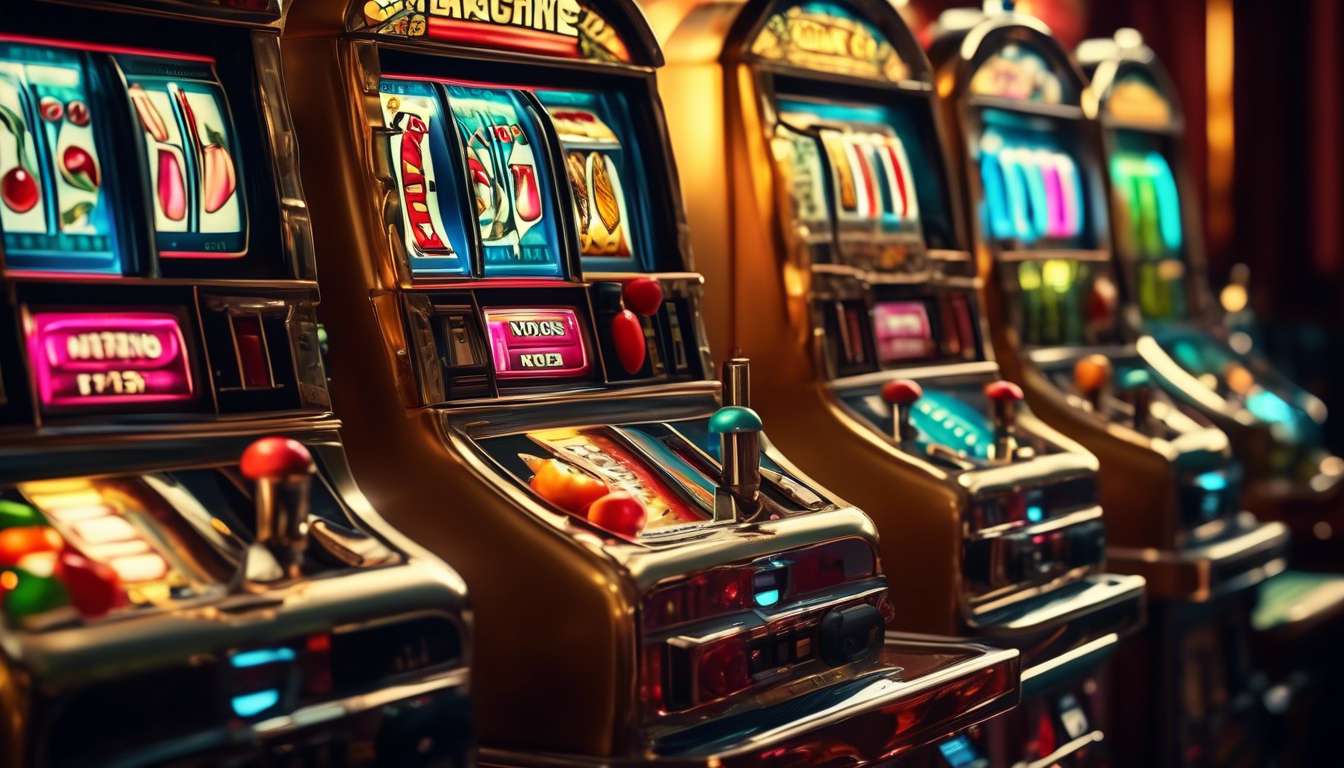In the world of poker, we often find ourselves chasing not just the thrill of victory, but also the shared camaraderie and unexpected twists that make each game memorable. One such twist is the Bad Beat Poker Jackpot, a fascinating aspect of poker that turns the misfortune of losing with a strong hand into a rewarding experience for the entire table.
As we delve into the mechanics of these jackpots, we uncover how they transform a crushing defeat into a collective win, distributing prize money among all players involved.
Conditions and Rules:
- Eligibility: A Bad Beat Jackpot is triggered when a player loses with a hand that is strong, often four of a kind or better.
- Distribution: The pot is usually distributed among:
- The player with the losing hand.
- The player with the winning hand.
- The remaining players at the table.
Strategic Nuances and Psychological Impacts:
- Strategic Adjustments: Knowing that a Bad Beat Jackpot might be in play can influence betting and hand evaluation strategies.
- Psychological Effects: The potential for a jackpot can alter player behavior, adding an extra layer of excitement and tension to the game.
By understanding how Bad Beat Poker Jackpots operate, we not only enrich our own poker strategies but also deepen our appreciation for the complex and thrilling dynamics that define our beloved game.
Triggering Conditions
In a bad beat poker jackpot, triggering conditions typically require a strong hand to lose against an even stronger one. We’ve all been there, holding what seems like an unbeatable hand, only to be outdone at the last moment. This common poker experience is precisely what a bad beat jackpot is designed to celebrate. It turns an otherwise frustrating moment into an opportunity for camaraderie and shared excitement.
To qualify for a bad beat jackpot, specific triggering conditions must be met. These conditions often involve high hand rankings, such as:
- Four of a kind losing to a straight flush.
When such an improbable scenario happens, it triggers the jackpot, which is shared among players at the table according to a predetermined payout structure. This structure ensures that:
- The losing hand benefits.
- The winning hand also receives a portion.
- Other participants share in the winnings.
This payout system fosters a sense of community. Together, we share in the thrill of an unexpected win, making every round more inclusive and rewarding.
Hand Rankings and Jackpot Eligibility
To qualify for a Bad Beat Poker Jackpot, understanding the specific hand rankings is essential. This understanding connects us to the thrilling potential of hitting a Bad Beat Jackpot.
Criteria for Eligibility:
- Typically, to qualify, we need to lose with a very strong hand.
- This usually means having a hand like four of a kind or better.
- The exact hand rankings may vary across poker rooms, but the essence remains the same: losing when we hold a seemingly unbeatable hand.
Importance in Our Poker Community:
Being part of this poker-loving group, we recognize that knowing these rankings is crucial. It’s the foundation of our strategy when aiming for that jackpot.
Focus on Payout Structure:
While the anticipation of the payout structure excites us, our primary focus is on ensuring our hand meets the necessary criteria. Together, we strive to be part of those memorable moments when the Bad Beat Jackpot hits.
Payout Structure
We’re eager to dive into how the payout structure distributes winnings among players when a Bad Beat Jackpot is triggered. In the thrilling world of poker, a Bad Beat Jackpot is a comforting nod to those moments when our seemingly unbeatable hand loses to an even better one. The payout structure ensures that everyone at the table feels like part of the victory, despite the initial disappointment.
Payout Structure for a Bad Beat Jackpot:
-
Losing Hand:
- The biggest share of the Bad Beat Jackpot goes to the player with the losing hand. This player has had the misfortune to be beaten by a higher hand ranking.
-
Winning Hand:
- The winner of the hand also receives a significant portion, acknowledging their role in the dramatic showdown.
-
Remaining Players:
- The rest of the jackpot is often shared among the remaining players at the table. This allows everyone to partake in the joy of an unexpected windfall.
This structure creates a communal spirit, turning a tough loss into a shared celebration.
Participant Inclusions
When discussing participant inclusions, it’s crucial to identify who qualifies for a share of the jackpot under various conditions. As a poker community seeking that elusive Bad Beat Jackpot, we need to understand how eligibility works.
Eligibility Criteria:
- Players involved in the hand where the bad beat occurs are the ones who benefit.
- The hand must meet specific rankings, typically requiring a very strong hand to be beaten by an even stronger one.
Payout Structure:
-
The player who loses with the strong hand takes the largest portion, celebrating their misfortune with a significant reward.
-
The winning hand also receives a share.
-
The remaining players at the table often receive a smaller portion, fostering a sense of inclusion and shared excitement.
By understanding these participant inclusions, we strengthen our ties within the poker world, uniting in pursuit of that rare, rewarding moment.
Impact on Gameplay
The introduction of bad beat jackpots significantly alters our gameplay strategy, often encouraging us to pursue hands we might otherwise fold.
- We consider the possibility of a bad beat jackpot when evaluating our hand rankings.
- Knowing that even a losing hand could lead to a substantial payout makes us rethink our usual cautious approach.
In this shared experience, we find ourselves betting with a community mindset. We’re all in it together, chasing that elusive jackpot.
- The payout structure often redistributes the jackpot among several players, rewarding not just the losing hand but also others at the table.
- This sense of shared excitement binds us, creating a camaraderie that adds a new layer to our poker nights.
Our decisions at the table aren’t solely about winning.
- They’re now influenced by the potential of a bad beat jackpot.
- This shift encourages us to stay in hands longer, altering the dynamics and strategies we’ve grown accustomed to.
Psychological Dynamics
The thrill of chasing a bad beat jackpot taps into our competitive nature and heightens the emotional stakes at the poker table. We’re not just playing for chips; we’re sharing in the collective excitement of hitting that big win.
Each hand becomes more than a battle of strategy; it’s a potential for camaraderie when we see the impossible happen. The bad beat jackpot’s allure lies in its payout structure, which promises a windfall even when we lose with a strong hand. It’s a unique blend of victory and defeat that keeps us engaged.
When we see high hand rankings fall short, we feel the rush of being on the brink of both despair and delight. This shared experience, where everyone at the table can benefit from the payout, binds us together.
We’re not alone at the table; we’re part of a community, united by the hope of witnessing or experiencing the improbable unfold.
Jackpot Frequency
Many of us often wonder just how frequently these elusive bad beat jackpots actually hit during our poker sessions. Understanding the factors that influence the frequency can help us anticipate the excitement when a jackpot lands.
Factors Influencing Bad Beat Jackpots:
-
Hand Rankings:
- The occurrence of a Bad Beat Jackpot largely depends on the specific hand rankings required to trigger it.
- Typically, the odds are steep, with hands like four of a kind or better needing to lose to an even stronger hand.
-
Payout Structure:
- Casinos often set aside a portion of each pot to fund the jackpot, ensuring that it grows until someone finally claims it.
- This structure means that while jackpots might not hit every day, they accumulate over time, making the eventual payout even more thrilling for all involved.
By understanding these dynamics, we can better appreciate the rare thrill of witnessing or experiencing a Bad Beat Jackpot firsthand.
Community Building and Excitement
Experiencing a Bad Beat Jackpot together creates a unique bond among players, amplifying the collective excitement at the poker table. When we witness an unexpected twist in hand rankings, it’s not just about winning or losing; it’s about sharing that moment of surprise with others who understand the intricacies of the game. We all feel the rush when a seemingly unbeatable hand suddenly gets overshadowed, turning disappointment into a shared celebration.
The payout structure of a Bad Beat Jackpot further adds to this communal thrill. Instead of a single winner, everyone at the table benefits, reinforcing our sense of belonging. The anticipation of a jackpot hit keeps us engaged, fostering camaraderie and a shared sense of purpose.
- We cheer each other on, knowing that anyone’s misfortune could turn into a collective gain.
- In these moments, the poker table becomes more than just a game; it’s a vibrant community where we all belong.
Conclusion
In conclusion, bad beat poker jackpots add an extra layer of thrill to the game, keeping players engaged and excited.
With specific triggering conditions and payout structures, these jackpots create a sense of community and camaraderie among participants.
The psychological dynamics of chasing the jackpot, coupled with the impact on gameplay, make for an exhilarating experience at the poker table.
So next time you sit down to play, keep an eye out for that elusive bad beat jackpot – it could be your lucky day!



